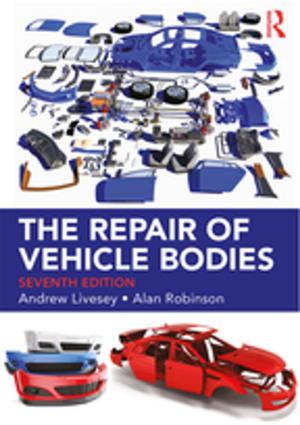HOW TO RANGE DISPLACER LEVEL/ INTERFACE LEVEL TRANSMITTERS ACCURATELY FOR REAL TIME INDUSTRIAL PROCESSES
Nonfiction, Science & Nature, Science| Author: | Akan Archibong | ISBN: | 9781466055810 |
| Publisher: | Akan Archibong | Publication: | February 10, 2012 |
| Imprint: | Smashwords Edition | Language: | English |
| Author: | Akan Archibong |
| ISBN: | 9781466055810 |
| Publisher: | Akan Archibong |
| Publication: | February 10, 2012 |
| Imprint: | Smashwords Edition |
| Language: | English |
Displacer level transmitters could be a mystery to many instrument technicians. You know a whole lot of theory has been written concerning the use of displacers for industrial process measurement. Practically, though, displacers are very difficult to work with without the right "hands on" knowledge.
This piece offers instrument tecnicians an invaluably practical material for ranging displacers for both level and interface level appications. It gives the difference between general instrument ranging and calibration. Knowing the the physical range for industrial applications could be confusing for new and even experienced instrument technicians. This confusion is also settled here.
Sometimes, using the right specific gravity value of the liquid whose level is to be measured in configuring displacer level transmitters does not work as in theory.This piece shows you what to do at those times.
In oil and gas production separator vessels, a lot of factors work against the smooth operation of displacer interface level transmitters which you need to know with their associated symptoms. For example, a certain oil and gas facility may be producing 4 or different oil wells. These oil wells may have different oil densities ranging from light to heavy oil. These wells will consequently combine to give resultant oil either light or heavy crude. To worsen issues, if these wells are lined up by operators in different combinations, how do you think your displacer interface level transmitter on the separators will react? What if emulsions appear in the separators?
There are a handful of issues that prevent instrument field technicians from properly ranging these transmitters. In reality, these technicians cover a whole lot of these mysteries from field operators because in all fairness, there have done everything right. They have done according to the theories and training they have been taught but still face the frustration of not getting the expected results.
They say, knowledge is power. Share in the hands on experience of an instrument field technician like you. Get the straight to the point answers and arm yourself with the requisite know how to escape your frustration.
Displacer level transmitters could be a mystery to many instrument technicians. You know a whole lot of theory has been written concerning the use of displacers for industrial process measurement. Practically, though, displacers are very difficult to work with without the right "hands on" knowledge.
This piece offers instrument tecnicians an invaluably practical material for ranging displacers for both level and interface level appications. It gives the difference between general instrument ranging and calibration. Knowing the the physical range for industrial applications could be confusing for new and even experienced instrument technicians. This confusion is also settled here.
Sometimes, using the right specific gravity value of the liquid whose level is to be measured in configuring displacer level transmitters does not work as in theory.This piece shows you what to do at those times.
In oil and gas production separator vessels, a lot of factors work against the smooth operation of displacer interface level transmitters which you need to know with their associated symptoms. For example, a certain oil and gas facility may be producing 4 or different oil wells. These oil wells may have different oil densities ranging from light to heavy oil. These wells will consequently combine to give resultant oil either light or heavy crude. To worsen issues, if these wells are lined up by operators in different combinations, how do you think your displacer interface level transmitter on the separators will react? What if emulsions appear in the separators?
There are a handful of issues that prevent instrument field technicians from properly ranging these transmitters. In reality, these technicians cover a whole lot of these mysteries from field operators because in all fairness, there have done everything right. They have done according to the theories and training they have been taught but still face the frustration of not getting the expected results.
They say, knowledge is power. Share in the hands on experience of an instrument field technician like you. Get the straight to the point answers and arm yourself with the requisite know how to escape your frustration.















